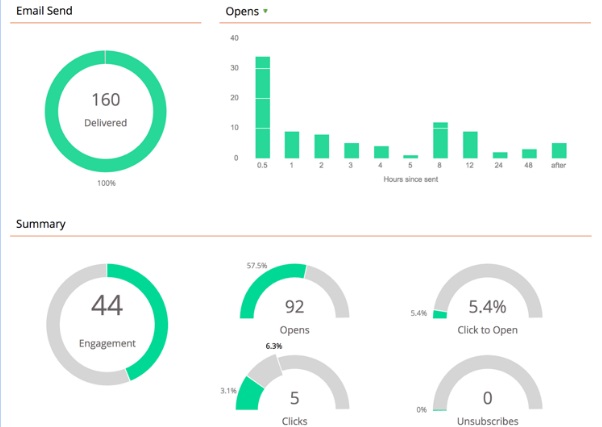Your email list may be a crucial part of your marketing strategy, but a mismanaged list can do more harm than good. To effectively reach your audience with the right information at the right time, you should organise your email list carefully. Here are four tips for organising and managing your email lists:
1. Use segmenting and tags
One of the most common reasons people unsubscribe from an email list is because they get too many emails that aren't relevant to them. Segmenting allows you to split your email list into groups, so you'll only send information to the people who will benefit from it. You can ask your subscribers to select which lists they're interested in, or you can split your list up by location, gender, age, or other demographic information.
Tags help you add even more specific classifications to your contacts. You can add tags to individual contacts or to groups based on the products they purchased, the month or year they became your customer, their state or city, or any other information that may be important for your emails. By adding tags, you can send more personal and targeted emails to your subscribers, which will strengthen your reputation as a sender.
2. Allow for subscription management
A subscription management system will allow your subscribers to opt out of certain emails and manage the frequency of your emails. This will prevent them from unsubscribing entirely, so you can still reach them with information that they want to hear. Most email service providers have built-in subscription management, but there are also plenty of inexpensive management systems available.
3. Perform email list hygiene
Email list hygiene should be an essential part of your marketing plan, but many people forget this step. A significant percentage of your email list drops off each year as people switch jobs or change their email addresses. If you repeatedly try to send messages to invalid or non-existent emails, it could affect your sender reputation.
Every few months, you should clear your list of all hard bounces, which happen when the email address is invalid. You should also remove recurring soft bounces, which happen when the mailbox is full, the server is down, or another short-term issue prevents the subscriber from receiving the email.
4. Monitor your metrics
Your email marketing strategy will never be perfect, but keeping track of your metrics will help you make improvements. High bounce rates indicate a problem with your email list, so you may need to change your segmenting strategy or purge the invalid email addresses.
Other important metrics for your business may include open rates, conversion rates, and average revenue per email. Every business has different goals, but you should always have an objective for your email list and a way of measuring your progress toward that objective.

An email list is an excellent way to reach out to your customers, but careful management is essential. Your contacts should only get information that pertains to them, and you can accomplish this by segmenting, tagging, and regularly updating your list. If you manage your email strategy well, your customers will take notice, and they'll think more favourably of your brand.
| < Prev | Next > |
|---|





